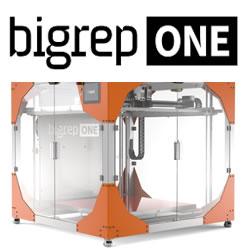Verify extremely agile manufacturing processes for Industry 4.0
Keeping the change of processes under control
camLine GmbH is specialized in developing solutions for manufacturing excellence. The software company launches the new Release 5.5 of its LineWorks RM recipe management system. This is an IT infrastructure solution for the shop floor. Manufacturers need to uniquely identify entire production processes. These are assembled by a sequence of many single processes. Contract manufacturing in small batches leads to a significantly growing number of those. In addition, their process specifications may constantly change. Due to this diversity and dynamics, the collection of accurate process flows is a particular challenge for agile manufacturing. By comparison, the registration of salable products and manufacturing equipment is easy during manufacture using a Manufacturing Execution System (MES). A recipe management system supports an MES by assuming the task to verify correct process definitions. Their proof can have far-reaching consequences for the manufacturers with respect to their future competitiveness. The management of process changes and their traceability is associated with many business processes. A remarkable potential lies in their efficient rationalization to reduce manufacturing costs.
Recipes are physical files that are needed by manufacturing equipment (or cyber physical systems) to conduct specific process specifications. Usually, they are kept locally at the equipment. The content of recipes can be seen as protected and compressed know-how of the manufacturers in the form of comprehensive configuration data or instructions for their equipment. The production lines ask for an improved access to the recipe content. Using a recipe management system, the safe handling of flexible manufacturing processes is standardized and feasible. Learning organizations profit from the know-how driven process development.
The new release 5.5 of LineWorks RM recipe management system presents itself with the continued development of validation rules firmly linked to recipes. Logical expressions can be used to establish decision rules that reflect engineering expertise and control the changes. They can be fully shared within the organization. Product manager Dan Cogut is confident: "With the new rules, our customers can enforce their process engineering knowledge much better in practice. For example, it is possible to impose: for this recipe, future changes to a certain parameter may take place only within a tolerance range of 10% to the current value." Furthermore, the software update enables the controlled and efficient roll-out of parameter changes to a mass of affected recipes. Subsequent individual validation cycles ensure that the changes initiated thereby will in fact meet the desired goals. Besides many improvements with respect to function and visualization capabilities, LineWorks RM recipe management system version 5.5 provides new features to reduce significantly implementation times.
Featured Product

